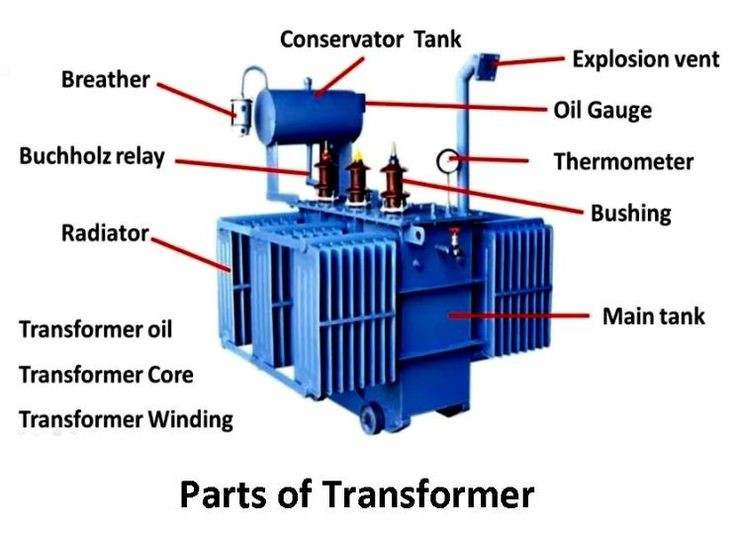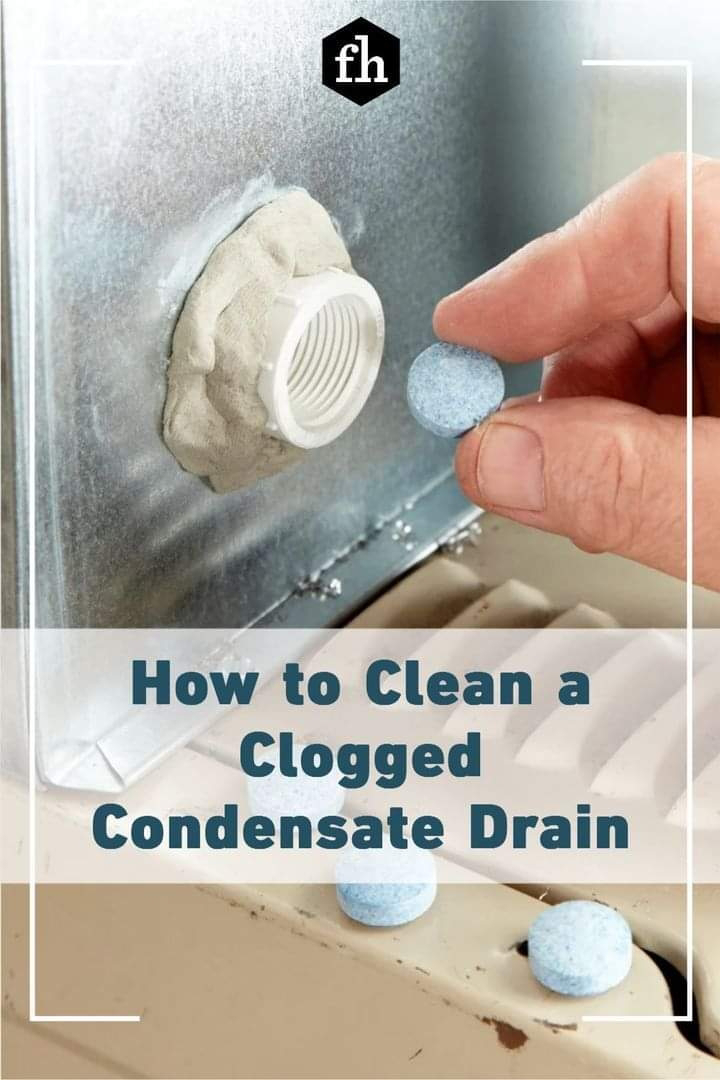Alright, let's dive into the silent but deadly world of electrical problems in your home. Here are some warning signs that might not be as loud as a rock concert, but they're certainly not to be ignored:
Flickering Lights: If your lights are flickering more than a candle in a breeze, it could be a sign of loose electrical connections. It's not a ghost trying to communicate, it's your house trying to tell you something's wrong.
Hot Outlets: If your outlets are hotter than a fresh cup of coffee, you might have an issue. Outlets should be room temperature, not a mini sauna.
Burning Smell: A burning smell is never a good sign. If you can't pinpoint the source, it could be your wiring saying, "Help, I'm on fire!"
Sparking Outlets: If you see sparks when plugging in a device, it's not a mini fireworks show. It's a sign of a potentially dangerous electrical issue.
Frequent Circuit Breaker Trips: If your circuit breaker is tripping more often than a clumsy waiter, it's time to call an electrician.
Buzzing Sounds: If your electrical system is buzzing like a bee on caffeine, it's not a new form of home entertainment. It's a sign of a problem.
Damaged or Outdated Wiring: If your wiring is older than your grandparents or looks like it's been chewed on by a rodent, it's time for an upgrade.
Dimming or Flickering Lights: If your lights are dimming or flickering when you turn on an appliance, it could be a sign of an overloaded circuit.
Loose or Disconnected Plugs: If your plugs are falling out of outlets like a toddler trying to fit a square peg in a round hole, it's a sign of loose wiring.
Electric Shocks: If you're getting shocked by your home's electrical system, it's not a new form of therapy. It's a serious problem.
Remember, these are just warning signs. If you notice any of these issues, it's best to call a professional electrician to diagnose and fix the problem. After all, it's better to be safe than to have your house turn into a real-life game of "The Floor is Lava."
















